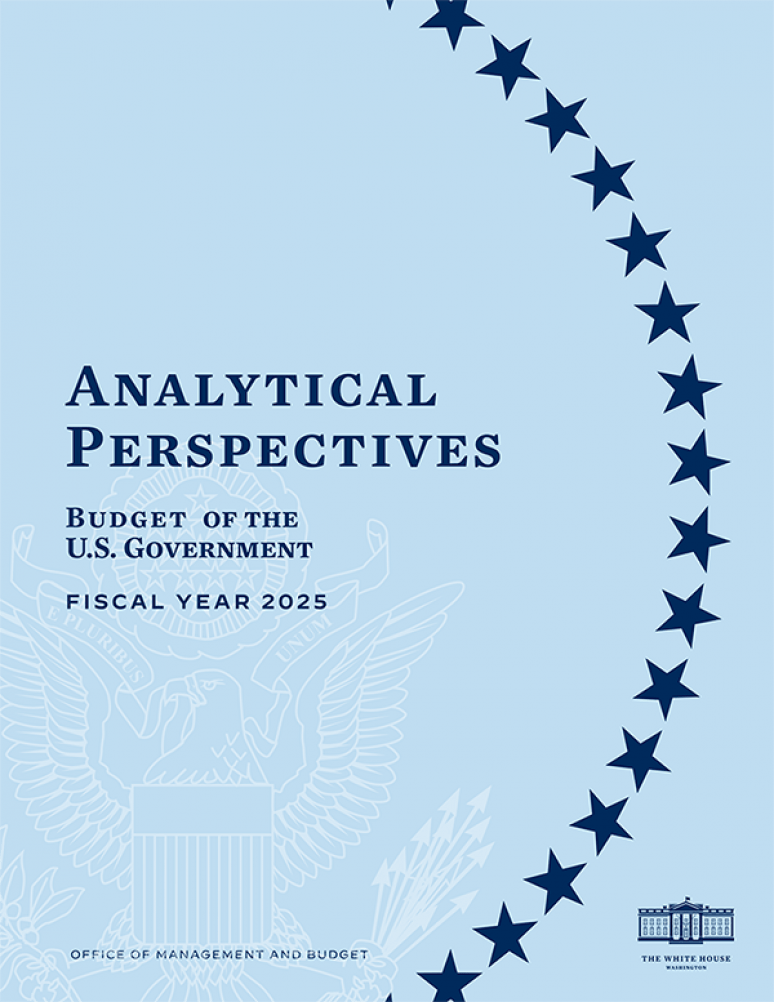The U.S. Census Bureau recently announced the appointment of five new members to its Census Scientific Advisory Committee (CSAC). These distinguished professionals bring diverse expertise from fields like sociology, economics, disability research, and computer sciences to tackle critical challenges in census operations and data management.
Meet the New CSAC Members
The new appointees include:
Kristine J. Ajrouch: Research professor at the University of Michigan, focusing on group dynamics.
Sara Curran: Professor at the University of Washington with expertise in international studies, sociology, and public policy.
Andrew J. Houtenville: Economics professor and director of the Institute on Disability at the University of New Hampshire.
Bonnielin K. Swenor: Endowed professor of Disability Health and Justice and director of the Disability Health Research Center at Johns Hopkins.
Jonathan Ullman: Associate professor at Northeastern University's Khoury College of Computer Sciences.
These new members will help shape the future of census programs, policies, and operations.
Why the Census Scientific Advisory Committee Matters
The Census Scientific Advisory Committee (CSAC) was established to address emerging challenges in census operations, including adaptive design, cybersecurity, and statistical research. The committee also provides guidance on the application of scientific advancements in various fields like:
- Survey methodology
- Geospatial and statistical analysis
- Cognitive psychology
- Econometrics
- Business operations
- Computer science
CSAC’s insights influence many aspects of Census Bureau activities, ensuring data accuracy and operational efficiency.
A Rich History of Advisory Excellence
The Census Bureau’s advisory tradition dates back to 1994 with the formation of the Census Advisory Committee of Professional Associations (CACPA). Re-chartered as CSAC in 2010, the committee now comprises up to 21 members from diverse disciplines.
CSAC has been instrumental in guiding landmark Census Bureau programs, including the decennial census, demographic studies, and economic surveys. The committee’s recommendations have shaped data collection techniques, statistical accuracy, and the accessibility of information for public use.
Accessing Census Bureau Information
The Census Bureau values transparency and public engagement. Access key materials from past CSAC meetings, including agendas, minutes, public comments, and recordings, to learn more about their work and recommendations. Stay informed about future meetings of the 2030 Census Advisory Committee. Meeting dates, agendas, and materials are regularly updated on the Census Bureau website.
- Access Census Bureau Response to Committee Recommendations (2018-Present)
- 2030 Census Advisory Committee Future Meeting Dates: [NOTE: The future meeting dates could change due to unforeseen circumstances. Should a change be necessary, updates will post as soon as possible.]
- Access the meeting agenda, meeting minutes, public comments and meeting recordings:
2024
Take a moment to explore the wealth of knowledge and resources available to us through their groundbreaking efforts.2024
[By Anna Xiong, Kelley Center]

















